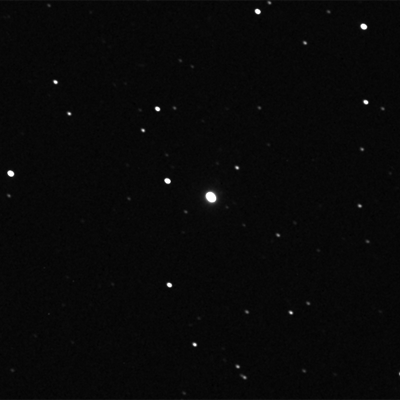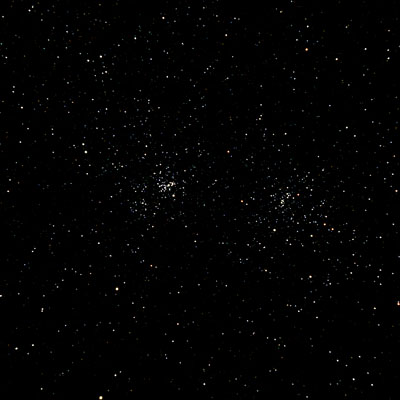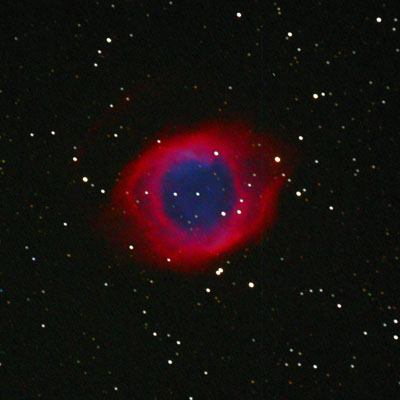Observing report, dark sky weekend, September, 2009, Chuckwalla Bench
The Clear Sky Chart forecast for Desert Center, CA, was dark blue all night for our favorite observing site. The NOAA forecast called for a high of 99 and low of 77. Often a night like this can have uncomfortably hot weather. Chuckwalla Bench is a little higher than Desert Center, so I was hopeful that the night wouldn’t be miserable with heat. It turned out to be lovely shirt-sleeve weather all night.
Several of us were feeling dark-sky-deprived, so Jane and I were really looking forward to some quiet time with friends in our favorite desert location.
I took the Astro-Physics Traveler (pictured at the top of my blog in a photo taken at Chuckwalla Bench) to attempt a little low-power astrophotography.
As I mentioned, I was really rusty with the equipment and procedures, and am a beginner at astrophotography anyway, with a total of about four sessions under my belt. We were all out of practice; I think everyone on the trip left something at home or had some minor trouble.
After warming up with the Double Cluster as a good focusing target, my main goal of the evening was to make my first real asteroid trail or animation. With Juno very much in mind from Jane’s What’s Up podcast, I decided it would be my second target.

Animation of four Juno images taken over 50 minutes
Jane and Gary were hunting down Juno visually while I was imaging it. We had a great time using a combination of images and TheSky 6 to make a positive identification of Juno. I collected four ten-minute exposures, and made my first asteroid animation above.
The Helix Nebula NGC 7293 is an irresistible target for a good wide-field telescope and a color camera. I combined three ten-minute exposures. The image above is a crop — click to see the full field image.
My Crab Nebula is a combination of three ten-minute exposures. It’s not a great image, but still a treat to see the kind of detail that we don’t get to see visually. The full-frame image (click to see) shows this small target.
I love galaxies, and M74 is a favorite — for being small, hard to find visually, and a difficult “first target” of the Messier Marathons we do in March. I couldn’t resist trying to get an image of this little gem.
I know I need to put more exposure minutes into my images, especially of my favorite faint targets. My backgrounds are still very noisy; my focusing isn’t perfect. Since I don’t get to do this very often, I get impatient and want to grab several targets over an evening. Practice, practice!

Gary Spiers snapped pictures as we set up in the desert. Click the image for a link to his photo album from the night.
A night in the desert has to be followed by a great breakfast. After catching a couple hours of sleep, we all packed up the site in a gorgeous desert dawn and headed ten miles west to Chiriaco Summit, home of a great diner and the General Patton Memorial museum. Tanks and eggs, four stars! (Ratings and generals.)





Great job, Mojo! I love the Helix Nebula! I wanted to go out there but I had to work, Get you guys next time!
looks like you had a great time…wish I was there…its rainy and 62 where I am…very discouraging
[…] project for the night, the asteroid Juno. Mojo was imaging the same target, and a quick look at his Juno image confirmed the star fields we were looking at visually. It was a lot of […]